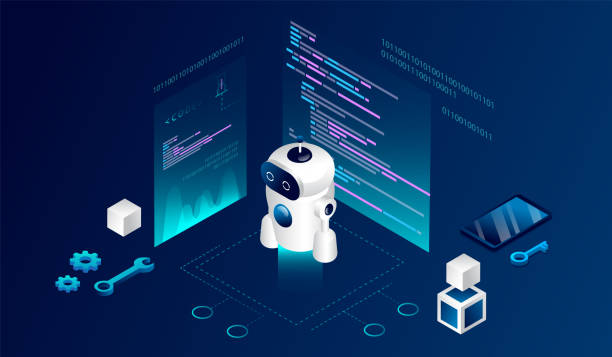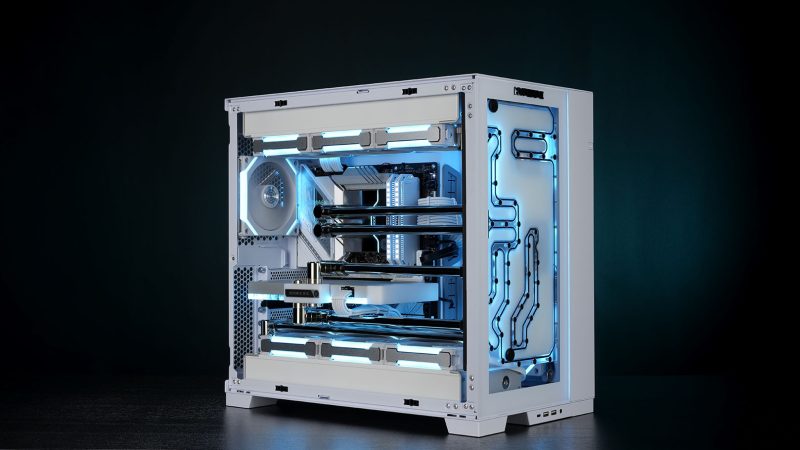How to Build a Chatbot

Indeed, messaging is a universal way of communicating with others and the preferable choice of communication for over half of the people who use some form of gadget. This is why it is worth building a chatbot – a smart solution responsible for completing simple actions and responding to customers’ queries in the chat interface.
You don’t just build a chatbot as means of entertainment. Rather it is a crucial element for conducting business. Using this smart solution, you can offer an overall enhanced experience for entrepreneurs and customers, optimize routine operations such as customer support and bill payments, and save money due to minimizing staff loads.
You can also boost your company income with a chatbot implementation. Having said that, here is an essential guide on how to build a chatbot.
3 Reasons to Create a Chatbot
Due to the recent Covid-19 pandemic, we have observed the actual value and significance of having a chatbot.
Chatbots are always ready to assist your customers across various venues when your front desks are swarmed with people, and only a handful of businesses are open to cater to customers.
Here are three reasons for building your chatbot.
- Make your brand interactive and provide 24/7 accessibility
The most significant and most noticeable advantage of having a chatbot is that it enables businesses to provide 24/7 accessibility to their customers across the globe. It takes site visitors through all the steps of purchasing a product or addressing their queries.
A chatbot can handle hundreds of customers at the same time without slipping an error, slowing down, or taking a break.
- Optimize backend operations
As a business, you can deploy a chatbot to streamline your in-house workflows and make the most of your backend operations.
- Mine customer data
Chatbots get more intelligent with time by evaluating user inputs. You can use this information to optimize your customers’ online experience by bringing the products and information they’re looking for more available.
7 Steps to Build Your Chatbot
Here is a systematic approach to developing your chatbot to help you get a profitable and purpose-driven chatbot for your business.
- Identify the type of chatbot
The first step is to ask yourself the purpose behind creating a chatbot and determining what you want to achieve for your potential and existing customers. The answers to these questions will help you choose the type of chatbot you need.
You can choose either a progressive AI-enabled chatbot that continuously learns from user input or a rule-based chatbot with predefined answers.
- Choose a channel
Now you must determine if you will host a bot on your website, Facebook messenger, or a standalone mobile application. It is entirely up to your existing and potential customers.
You’ll need to follow potential customers and make your chatbot available on a platform they are most familiar and relaxed with.
Some businesses might also choose to implement a multi-channel strategy. It makes it favorable to use the same bot stack across various platforms instead of having a sales bot developed for Chatfuel, for Facebook Messenger, and using Dialogflow for Google Assistant and different versions of the mobile application.
- Select the technology stack
Once you know about what target platforms and customer concerns you are resolving, you can start choosing the technology stack for your bot.
You can select a framework and have your chatbot designed by chatbot developers or try a DIY chatbot-building platform.
While choosing a framework, your choice will likely be determined by the accessibility of third-party and open-source libraries for natural language processing and the developers’ skills.
You must ensure the SDK or library you choose works well with your current software systems. Some other questions you must take into consideration include:
- Is this an open-source or a proprietary library?
- Will this technology permit your business to expand into voice-assisted chatting?
- What is the current developers’ market for chatbot technology?
- Plan and design the conversation
After you are done with choosing a tech stack, you are now ready to develop your chatbot by designing the flow of conversation. If you go with a DIY platform, this process is quite simple and only requires inserting drag-and-dropping response options.
On the other hand, if you have chosen a framework to ensure implementing artificial intelligence (AI) capabilities in your bot, you must consider recruiting a team of professional chatbot developers.
Leave it to the experts to construct the chatbot’s front and server-side. Moreover, you shouldn’t be worked up about the user interface (UI) because the dialogue is, after all, just dialogue.
Hence, there is nothing much to modify in your bot’s graphical UI when using a bot platform. Simultaneously, if you opt for a framework, you can create any user experience (UX).
- Train the chatbot
If you designed a basic chatbot based on rules, then there’s no requirement for training. However, chatbots that use AI require training on a massive data set.
Essentially, you want the chatbot to understand the users’ intentions, which is only possible by teaching it the diverse variants that customers can inquire about. This can be achieved by training your chatbot on an array of already existing data sets, like support tickets, emails, etc.
Another excellent option is to get a third-party data set with all the valid information your chatbot requires to know.
- Test the chatbot
Like any other software product, you would expect your chatbot to communicate with real human beings to see if it can assist them. After all, chatbots are an innovation, and there might be several customers who’ll attempt to break it.
Hence, you must predict these scenarios with decent general responses that automatically steer the conversation toward the customers’ actual intentions or objectives.
- Set up and maintain the chatbot
Setting up a chatbot is easy and doesn’t require much time. As long as all the endpoints are well connected, the bot will easily be integrated with your whole infrastructure if you use Enterprise Resource Planning (ERP), Customer Relationship Management (CRM), or similar software systems.
Once you deploy the chatbot, you mustn’t expect its development lifecycle to end. Following the deployment, you must regularly check for the statistics and continuously fine-tune your answers to keep your customers happy.
Essential Features to Include in a Chatbot
Wondering what features customers expect to find in a chatbot? Here are some features a contemporary chatbot might offer your customers.
Cross-channel seamless communication
Customers expect to experience the same smooth service with your chatbot regardless of where the interaction takes place: in a mobile application, a browser, inside Google Assistant, or Facebook Messenger.
Human handoff
Indeed, there will always be a few instances where chatbots can be helpless. In such situations, there must be a feature for passing over the conversation to a human representative.
Rich messaging
Responding with informative links and photos can make your chatbot more functional. This feature is in significant demand with retail chatbots that assist customers in finding products.
Integrations with outside systems
If your representative is integrated with the entire infrastructure, it can help you save countless hours of work on monotonous manual tasks such as accounts balancing, CRM updates, etc.
Cybersecurity practices
Chatbots must also abide by cybersecurity best practices, as they can handle PHI and execute payments. Hence, PCI, HIPAA, and several other regulations should be applied.
Commands
You can give orders to chatbots, such as finding an old message along with the tracking number or sending an email.
Accessibility
Like mobile applications and web development, you must always keep accessibility at the top of your mind while building a chatbot. This includes essential features such as zoom-in, keyboard navigation, support for screen readers, and more.
Backend analysis
Finally, your chatbot must collect all the data at the backend for further evaluation as it communicates with employees and customers.
Conclusion
We are Owlab, a custom software development firm with development centers in Ukraine and Estonia. We take great pride in offering the best-in-class custom application development services and software solutions.
Moreover, we have niche expertise in an array of trending segments such as healthcare, blockchain technology, retail, financial tech, etc. If you have any projects, feel free to contact us.






